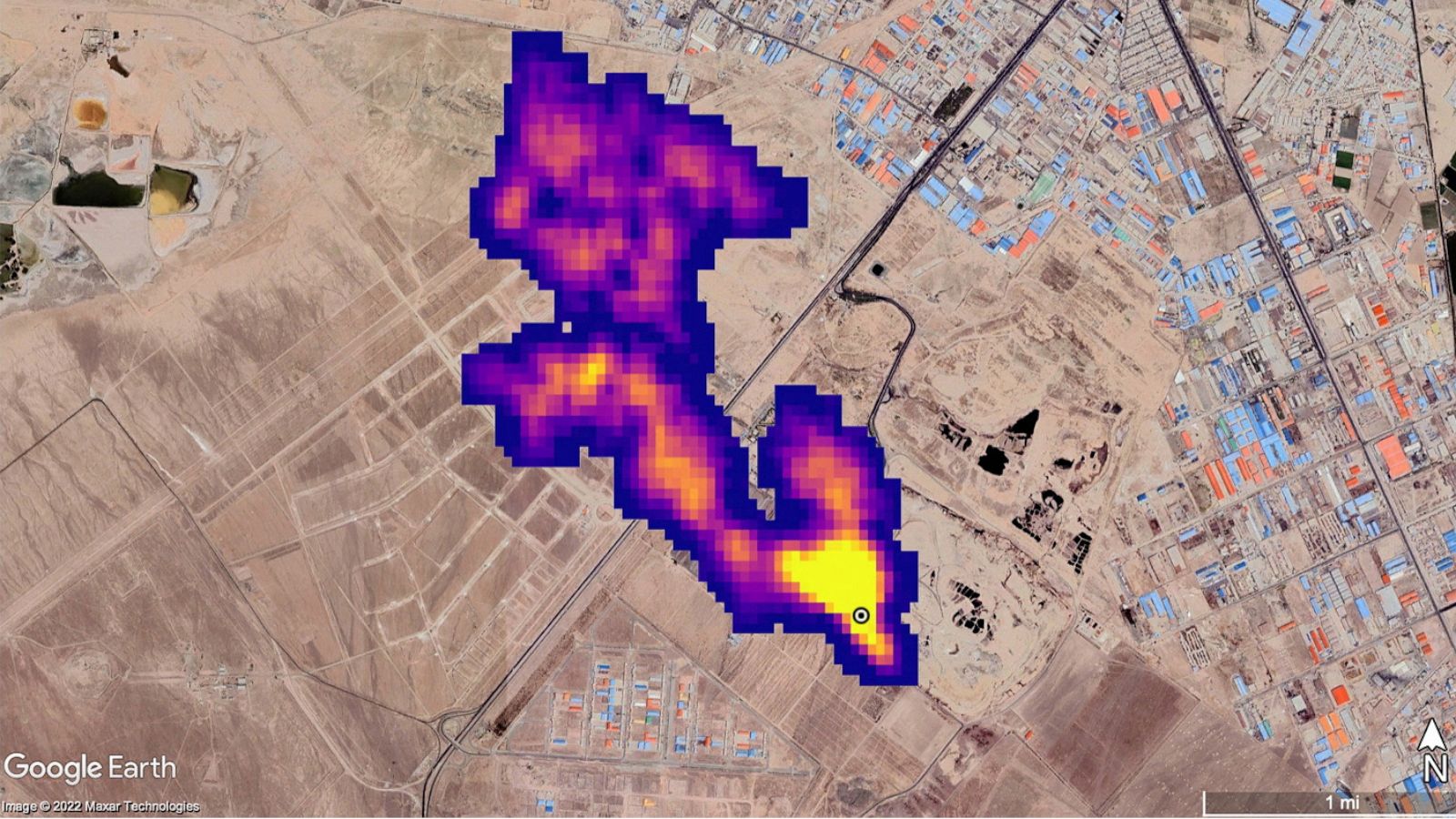
Why the Proliferation of Methane Satellites Could Be a Game Changer
Over the past few years, there has been a significant increase in the number of methane-detecting satellites orbiting the Earth. The recent launch of MethaneSAT, a satellite dedicated to monitoring methane emissions, adds to the growing fleet of instruments aimed at tracking this potent greenhouse gas.
 Image for illustrative purposes
Image for illustrative purposes
Scientists have humorously remarked on the abundance of methane-detecting satellites in space, suggesting that they might inadvertently be combating global warming by blocking solar radiation. Despite the numerous probes in orbit and the advancements in methane-detecting technology, the challenge of pinpointing methane sources remains. Methane leaks can originate from various natural and man-made sources, making it difficult to identify and quantify emissions accurately.
The launch of MethaneSAT marks a significant milestone in methane monitoring from space. With its high-resolution infrared sensor, MethaneSAT will provide detailed data on methane leaks from oil and gas infrastructure worldwide. This data will be crucial in understanding the sources of methane emissions and formulating effective strategies to mitigate climate change.
The satellite’s ability to observe 80% to 90% of global oil and gas infrastructure will offer valuable insights into emission hotspots and trends over time. By providing basin-level emissions estimates, MethaneSAT will enable researchers to track the environmental impact of oil and gas production in regions like the Permian Basin.
In addition to aiding environmental research, MethaneSAT’s data could play a vital role in holding polluters accountable. The transparency and accessibility of the satellite’s findings may encourage greater adherence to emission regulations and foster a culture of environmental responsibility.
As the world grapples with the urgent need to reduce greenhouse gas emissions, the deployment of advanced technologies like MethaneSAT represents a crucial step towards a more sustainable future.














